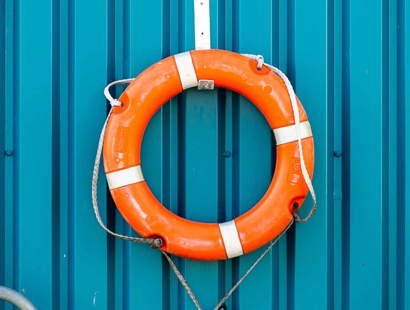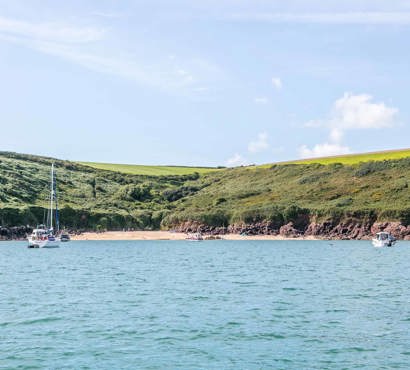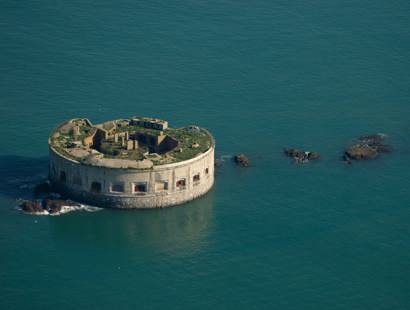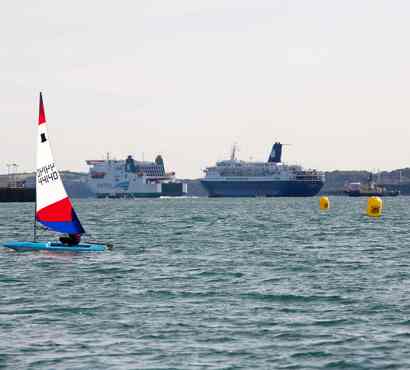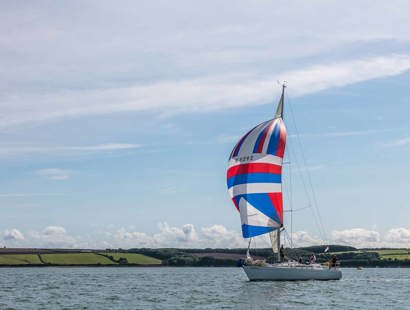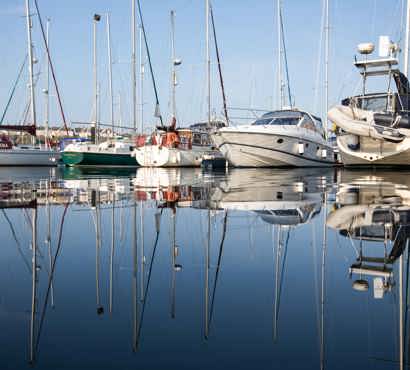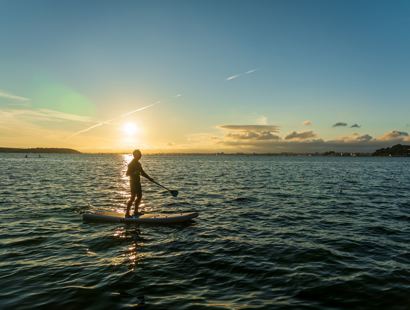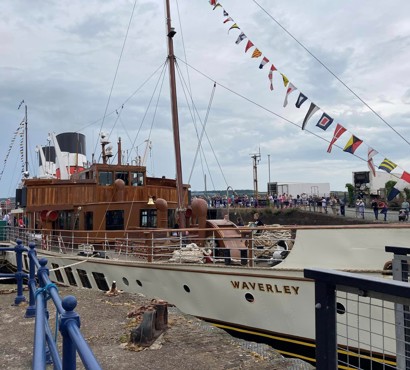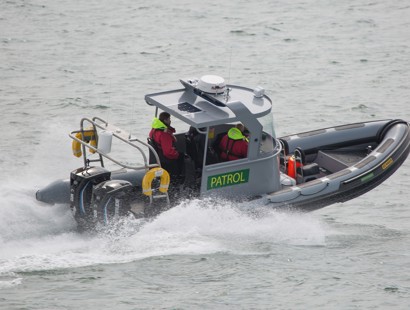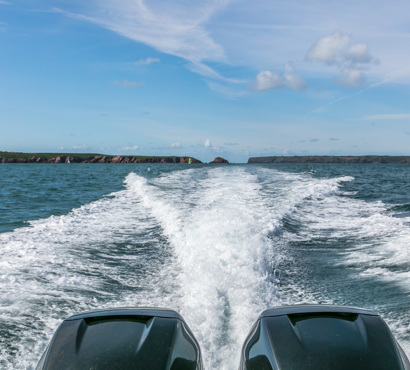In an emergency
Hopefully you will not get into difficulty whilst on the waterway or around the coast but if you are prepared you will be better placed to deal with any eventuality.
Plan ahead
Alongside the rest of your passage planning, be sure to check your kit. Make sure you have the right equipment for your activity and that it is in good working order.
The RYA has useful advice on what communications tools you should carry and use afloat (and when having communications tools are a legal requirement).
Remember that your mobile phone may not be as helpful as you think when afloat – carry a VHF radio and learn how to use it.
Emergency equipment is also worth investing in such as firing flares, 406MHz EPIRB (emergency position-indicating radio beacons) or PLB (Personal Locator Beacon).
As part of your planning, let someone know on land where you are going and the probable start and finish times. Contact them to say you have returned safely. Always agree in advance what steps they should take if you don’t report in as planned.
Getting help while afloat
Know your route and where you are at all times. If you have become lost, look for possible landmarks (both on land and on the water), or listen for sounds in fog. Knowing where you are or being able to give landmarks will help speed up a rescue.
Listen for Securite messages (pronounced “say-cure-e-tay”) on the radio - these typically carry navigational safety messages such as weather reports or navigation hazard updates. They are are broadcast by local Coastguard stations or Port Control Stations. Example: “Securite, Securite, Securite, all ships, all ships, all ships, this is Milford Haven Coastguard, Milford Haven Coastguard for a renewal of a strong wind warning please switch to channel VHF 67. Out." Then switch to Ch67 for the full message.
If you get into difficulties
Alert the emergency services. The best way is to contact the Coastguard via VHF Radio (or if you can get a mobile signal dial 999 and ask for the Coastguard). Your radio message should be reflect the seriousness of your situation - using either the Mayday or PanPan format (see below).
Use VHF Channel 16 to relay a message or press the radio's DSC (Digital Selective Call) button which will send an alert to any receiving stations in range which will then be followed up by a radio response. If the Coastguard does not pick up your transmission you may be within reach of a receiving station who will pass along your message – or may be able to help in person. (By carrying a VHF radio, you may also be able to help out someone else in distress.)
If you are in grave and imminent danger
Issue a Mayday via your VHF radio on Channel 16 by repeating the word Mayday three times followed by a clear description of your location, your vessel, the problem, the number of people in danger. An example is “Mayday, Mayday, Mayday this is Phantom, this is Phantom, this is Phantom, a 5m red open fishing boat, I am three miles off Red Head, we have been swamped by a wave and we are sinking. There are four people overboard. Over.”
If you hear a mayday call you should not transmit, but continue to monitor the radio. If a shore station such as the local Coastguard Station fails to respond to the call, you should attempt to relay the message and render any assistance.
If you are in difficulty but not immediate danger
If the situation is not life threatening, you should use PanPan. Pan Pan is an urgent message that indicates a vessel is in trouble but not in immediate danger, for example: “Pan Pan, Pan Pan, Pan Pan, this is Phantom, this is Phantom, this is Phantom, a 5m red open fishing boat, I am three miles off Red Head, we have been disabled by a wave and require a tow. There are four people onboard. Over.” If the situation becomes life threatening before help arrives, issue a Mayday.



